
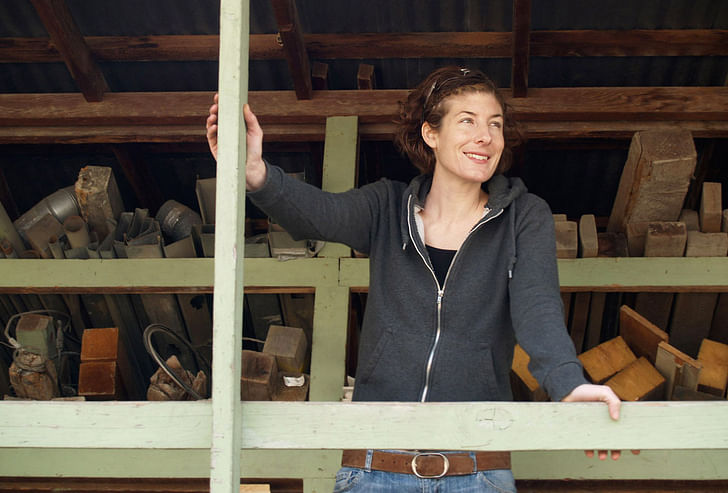
Working out of the Box is a series of features presenting architects who have applied their architecture backgrounds to alternative career paths.
Are you an architect working out of the box? Do you know of someone that has changed careers and has an interesting story to share? If you would like to suggest an (ex-)architect, please send us a message.
Archinect: Where did you study architecture?
Ann Armstrong: I received my B. Arch from the University of Oregon in 1998, and then my M. Arch from the University of Texas, in 2007.
At what point in your life did you decide to pursue architecture?
AA: I became interested early on, in grade school. My dad taught drafting and design, so there were lots of drafting tools, T-squares, and templates around the house. I loved to draw and filled sketchbooks with plans and elevations of houses. I was also known to occasionally invite unsuspecting friends over and then suggest we “play” architecture. Make believe clients were developed and we’d draw up floor plans for them. My idea of what was expected of architects was pretty simple back then. It just seemed like fun...
I had no idea how know how vast and complex this discipline actually was!
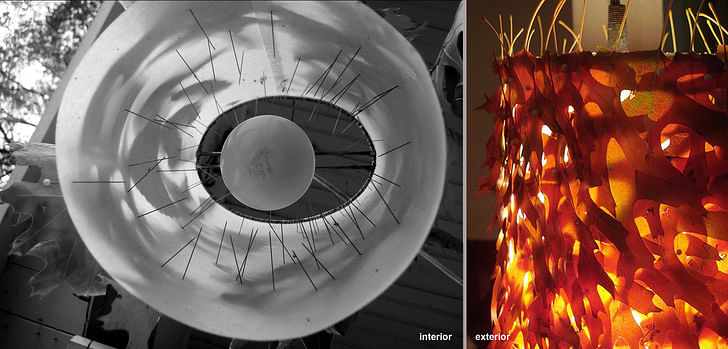
When did you decide to stop pursuing architecture? Why?
AA: The short answer: A few years ago, I left traditional architecture practice after being exposed to design/build. I fell in love with welding and found I prefer being directly involved in the construction aspect of projects.
The long answer: After getting my B.Arch. I moved back home to San Francisco, worked in firms for seven or so years, acquired my California Architect’s License in 2004, and then, with the somewhat indulgent idea I wanted to reconnect with the “why” of why had I embarked on this path in the first place, I applied to architecture grad school. I was also excited about the idea of teaching in the future. In fall of 2005, I started my first semester at UT Austin. At this point, I wasn’t opposed to working with my hands, but it wasn’t a goal I could or would have articulated. What I knew was that I wanted to be more connected to and engaged with the projects I worked on; I was searching for ways to augment the authenticity of my work.
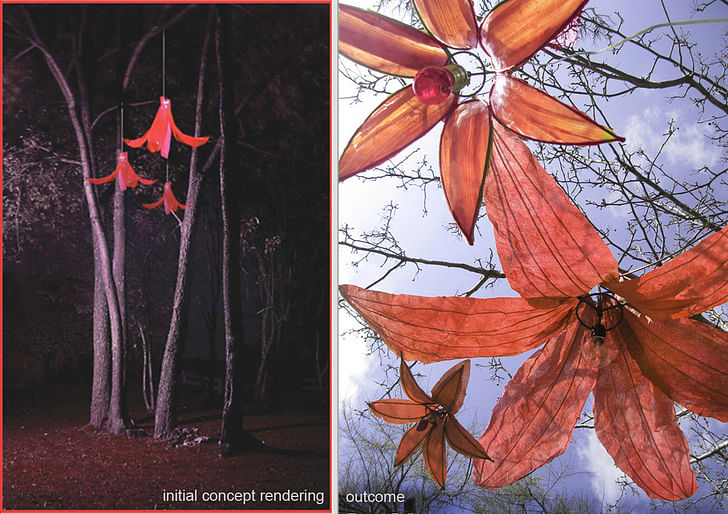
In 2007, during my last year of school, rumors of an excellent welding program led me to Austin Community College. Curiosity and the lure of a unique resource got me to enroll in a continuing education class. Little did I know how scared I would be! Working with metal (usually steel) takes a lot of heat and force, so the tools one uses can be a handful at first, but the temptation of what I could make with those scary tools was too great! I persevered, completed some small projects, and signed up for another course.

After grad school, unemployed and halfway through my second welding class, a friend told me about a local design/build firm, Cottam Hargrave. They had their own shop for in-house steel fabrication and before I knew it, I had a job as their steel fabricator. It felt like a miracle, since I was still very much a beginner. But thanks to my other skills as an architect—the ability to draft, detail, interpret code, etc—I was able to make it work. (Thanks, Jay and Beth, for giving me a chance!)
I spent my initial year there equal parts petrified and excited. It was challenging: I was responsible for most of the steel work that came through the shop--from structural fabrications for residential applications (wide flanges, embed plates, bolt tabs, etc) down to more delicate finish work (stairs, guardrails, gates, window frames, and mailboxes).

Lessons learned came directly from doing and figuring things out myself, and some amazing coworkers who taught me a lot. For me, the collaborative moments were the best ones. In the shop and on the job site, it’s imperative to be able to solve problems by oneself—but putting multiple heads together creates a greater wealth of shared experience that has the potential to produce a better solution.
I loved that fabrication work insisted I be accountable for my decisions and actions--the accuracy of every line I put to paper, and the pieces I built from those lines... As with any repeated process, the more projects I saw through from beginning to end, the more experiential knowledge I could bring to subsequent jobs. This knowledge helped ground my design decision-making process.

All the while, I continued (and continue) to take welding and art metals classes at Austin Community College. Having self-directed projects allows me to explore my own ideas and acts as a counterpoint to the rigor of executing paid time sensitive projects for others. In January 2008, possibly due to the seductive title alone, I signed up for William Bastas’ Functional and Sculptural Forging class, which pulled me deeper into the metal working realm by giving me my first taste of blacksmithing. This class enabled me to appreciate how forging (manipulating metal through compressive force) allows you to reform, bend, and texturize steel. Up until then, I had been limited to mostly smooth, straight lines and right angles. And although I never used to daydream about the junkyard, I also grew to appreciate the salvage and reuse of scrap steel (for tools, furniture, sculptures, etc).
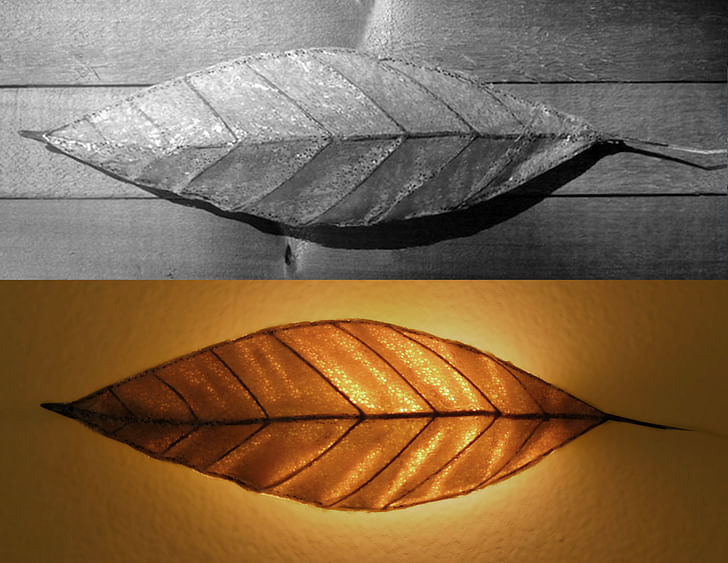
Today, hands-on work informs and fuels my independent design/build practice as well as my extracurricular creative pursuits. Though not without challenges and frustrations, it continually provides new ideas and possibilities.

Describe your current profession.
AA: It depends on the day: architect, contractor, welder, muralist... Generally speaking, I’d call myself a maker. There is a lot of design wrapped up in all those things as well, but the term designer sounds a little too hands off to describe what I currently do.
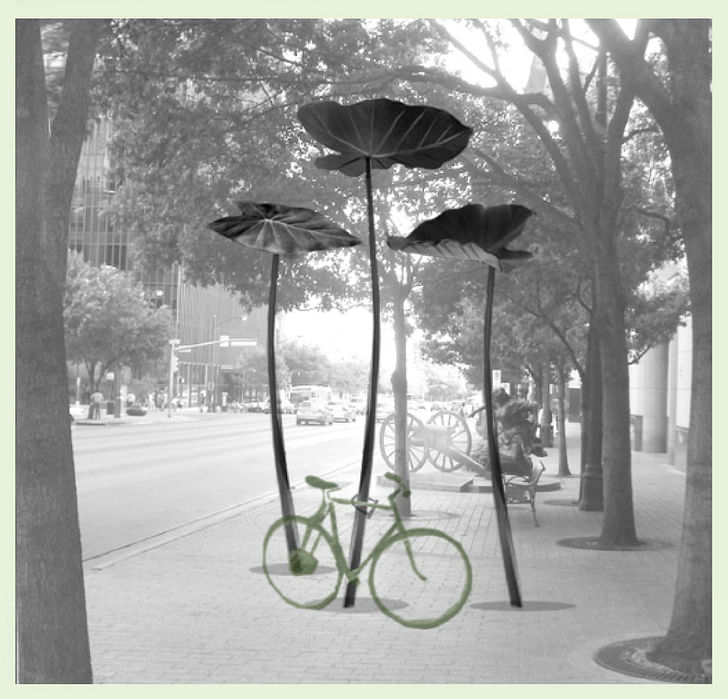
What skills did you gain from architecture school, or working in the architecture industry, that have contributed to your success in your current career?
AA: The skills I depend on the most are drawing and making. I learned some form of these skills in school, but over time, their value has been repeatedly underscored in both traditional and non-traditional practice.
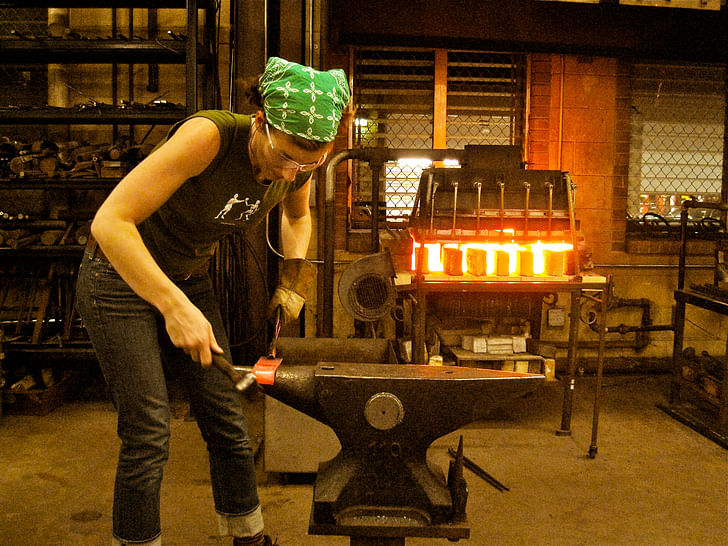
Drawing is a tool that helps me design and then build. For me, it is a way to test an idea or prove a point, to make the unclear clear, and to move the internal (subjective) to the external (objective). It’s the skill that got me hooked on architecture to begin with and it continues to be the one I value and depend upon the most. The ability to accurately and persuasively draw and render is also the skill that helped get me most of the professional jobs I’ve held. And, last but not least, it is something I enjoy doing for the sake of doing it, regardless of the outcome.
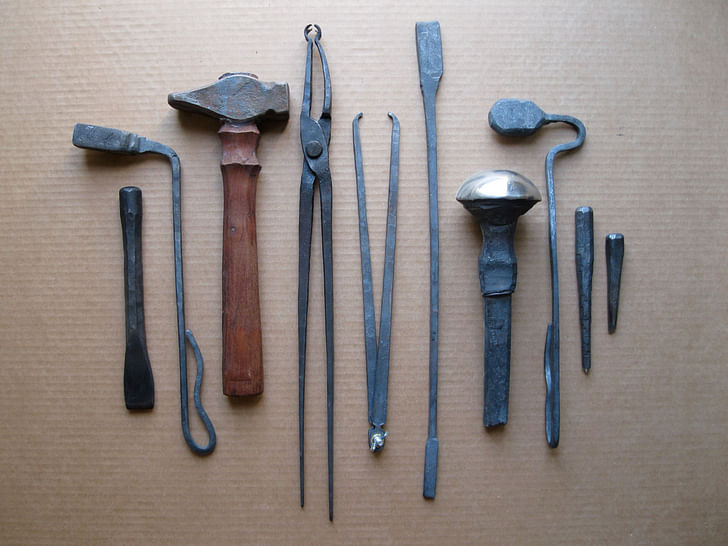
Making informs my process by bringing reality to bear—it shows me spatial conditions and material realities that a drawing can't. It also helps me test ideas, brings me into closer contact with the laws of nature (gravity, elements, etc,) and connects my hands, eyes, and mind. And these days, it is making that is my primary livelihood.

Do you have an interest in returning to architecture?
AA: Like some of the other Out of the Box interviewees, I don’t feel like I’ve left. Working at design/build firms, drafting up shop drawings, presenting to city design review boards, and scampering up walls and around buildings to install and complete projects makes me feel like I’m still very much in the middle of it. Looking ahead, even as welding and fabrication continue to be rewarding, it’s a hard practice to keep long term; the physical strain (lifting heavy objects, excessive noise, burns, fumes…etc) means I will eventually have to consider a lower impact career. The ideal version of this: teach architecture and design part time + create public art projects. This future would definitely increase my personal shelf life! But who knows what the future holds...at the very least, I feel prepared for a few alternatives.
Websites:
www.ann-made.org
www.placingroutes.org
www.austinsidewalks.blogspot.com
4 Comments
Nice glimpse into her life and work. More of these, please!
This is a very inspiring story, I really like her Austin Bike Rack Competition proposal... it gives me an idea about a paper I am working on about bike lanes in our city. Thanks for posting this one
I needed to see this today.. Very inspiring! Thank you so much.
I was fortunate to have taken a "practice / theory" course with Ann and others at UT Austin and discover how delightful and talented she is. Agreed, more stories like this!
Block this user
Are you sure you want to block this user and hide all related comments throughout the site?
Archinect
This is your first comment on Archinect. Your comment will be visible once approved.